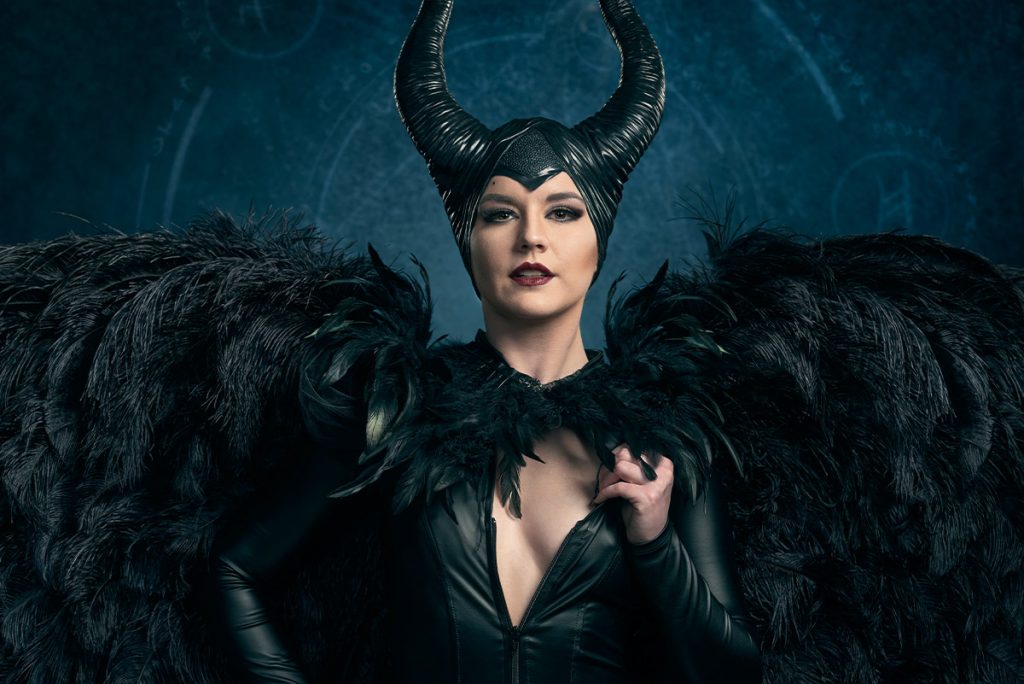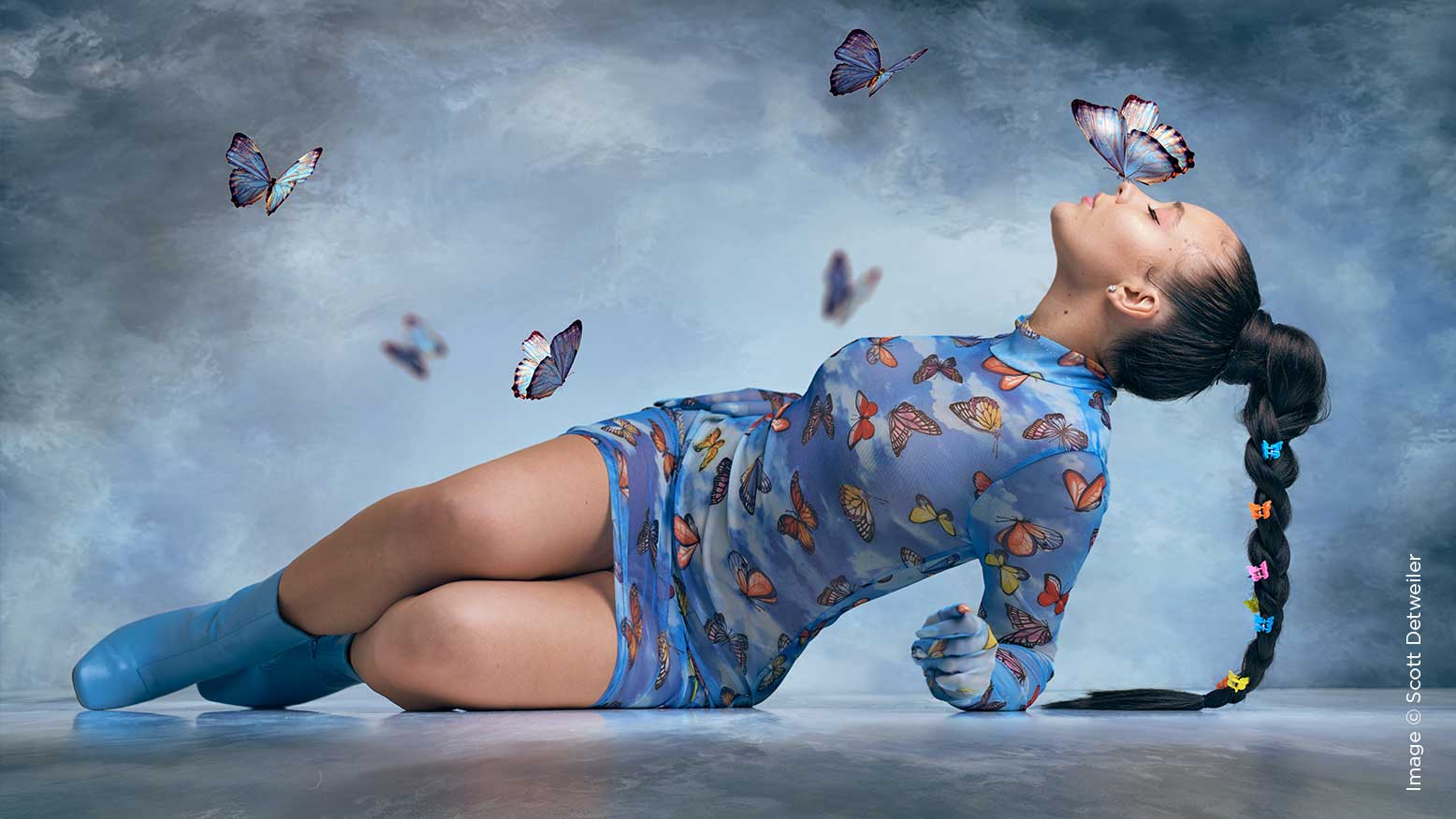Understanding Non-Fungible Tokens for Photographers with Scott Detweiler
I am writing this article in early April, and the vast majority of the photography universe has no idea what a non-fungible token is or why it is important. So I will assume this will surprise many of you. It is quite pertinent to our industry, so hold on through this trip down the rabbit hole!
In the digital imagery universe, we are on the cusp of a significant milestone: the circulation and collection of digital originals. That part makes this hard to grasp… We all have the exact same JPG, yet only one of us has what can be considered the actual original.
Non-Fungible Tokens (or NFT) is a wild concept, and “fungible” is probably an unfamiliar word. A way to wrap your head around this idea is to consider a humble coin, like the quarter. If I have one and you have one, we can swap them since all quarters are considered the same, or fungible. However, if you have a rare quarter with some bizarre minting mistake that a coin collector prizes, yours is no longer equivalent to mine or any other quarter; it is now a unicorn of sorts and is non-fungible. Taking the coin metaphor into the world of JPGs, if I have the same image that you do, we can swap them because they are fungible down to the exact bits that comprise them. However, we can go through a process, known as “minting,” to set one of them as the genuine “original,” and it will then become non-fungible. Think of this akin to owning a unique Ansel Adams print that you can freely sell, collect, or trade. This Non-Fungible Token concept may sound far-fetched, but check out Christie’s auction in March where Beeple sold an NFT for $69 million (remember, it’s just a JPG). This shows there are some legs to this concept as there are more NFTs on the auction blocks already. Over $2 billion of NFTs have been traded in just the first few months of 2021! (See nonfungible.com for stats.)
In my own experience, I sold an animated version of one of my Doll series within 24 hours of it being minted in early April on foundation.io. It ended up selling for around 1.210 Ethereum (about $400). What is an Ethereum? Well, that is where this entire thing takes a bit of an exciting turn. Ethereum is a digital currency like Bitcoin, and its value can vary wildly by the hour. So why use digital currency? Even though this is a bit convoluted, I want to explain precisely how this works because a digital currency is at the heart of this entire process.
To start, let’s take a super-duper simplified look at what we will be calling the “blockchain.” Think of the blockchain as a general ledger of transactions and contracts. So, grab your beverage of choice—better yet, grab two—and relax your mind as we are about to learn some kung fu.





